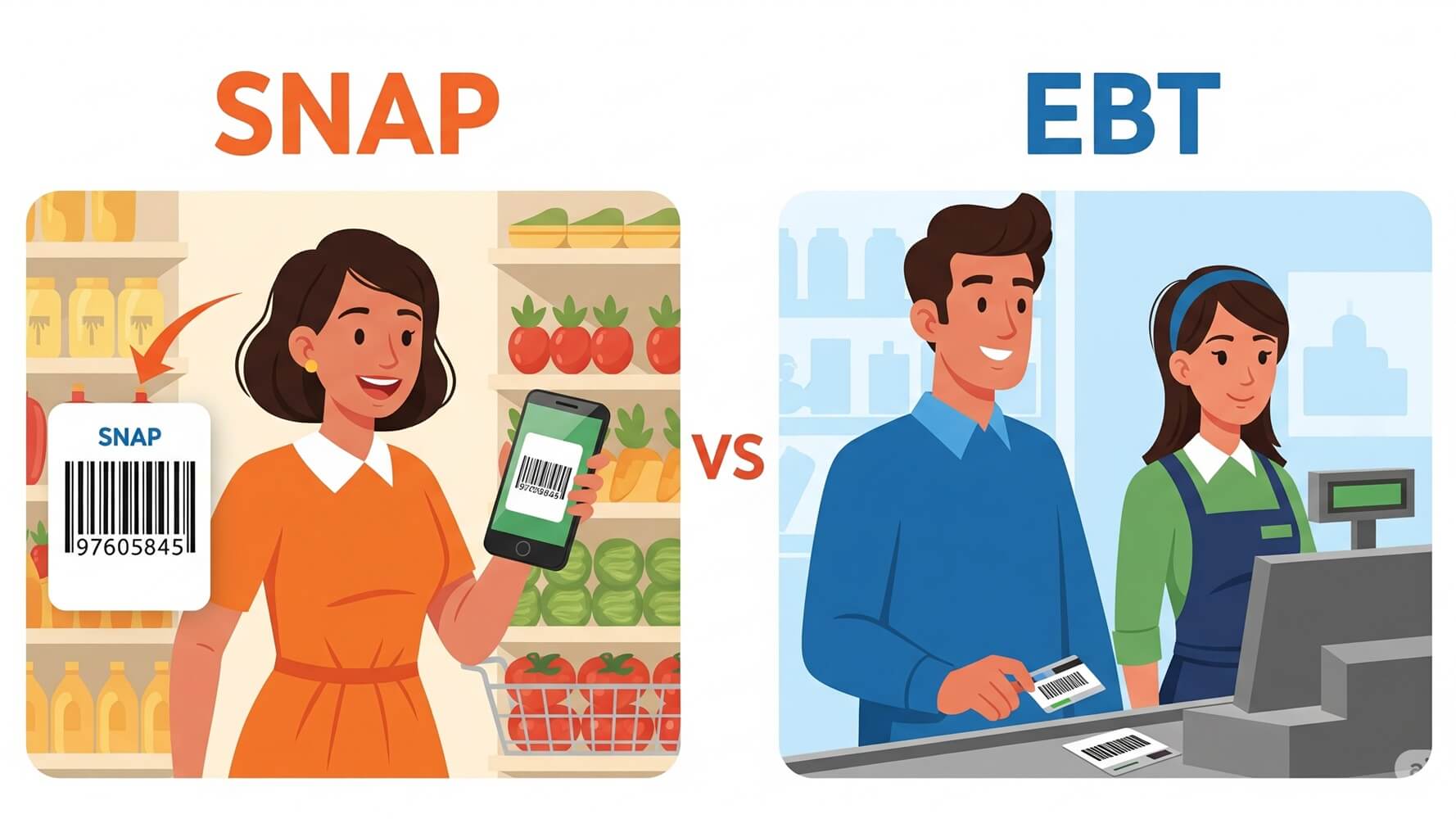Figuring out how much help you can get with buying food can feel a little confusing, right? Especially when it comes to programs like SNAP, or what most people call food stamps. SNAP helps families and individuals with low incomes buy groceries. If you’re part of a family of three, you might be wondering, “What’s the deal? How much money could we get?” This essay will break down the basics of the food stamp program, and tell you about the income limits for a family of three, and other important information.
Income Limits: The Big Question
Let’s get right to it! For a family of three, the gross monthly income limit to qualify for SNAP varies depending on the state, but in many states, it is about $2,387 per month. That means if your family’s total income before taxes is below that amount, you might be eligible for SNAP benefits. It is important to check with your local Department of Social Services for the exact income limits in your area, because they do change.

How Income Is Calculated
Figuring out your income for SNAP isn’t always as simple as looking at your paycheck. The government takes into account a bunch of different types of income. This includes things like:
- Wages from a job
- Self-employment earnings
- Unemployment benefits
- Social Security benefits
They generally consider this “gross income” – the amount before taxes and other deductions. They usually don’t count things like student loans or some types of government assistance, but it can get complicated. Always check with your local SNAP office for a complete list of what counts as income.
Income is not the only thing that matters though. The amount of money you receive in SNAP benefits is also based on your monthly expenses. These expenses can include:
- Rent or mortgage payments
- Utility costs (electricity, gas, water, etc.)
- Childcare expenses
- Medical expenses for the elderly or disabled
Asset Limits: What You Own
Besides income, SNAP also looks at the assets a family has. Assets are things like bank accounts, stocks, and bonds. There are limits to how much a family can have in assets and still qualify for SNAP. The asset limits can vary a bit depending on the state, but it is usually around $4,250 for households that include someone who is elderly or disabled and $2,750 for all other households.
Here’s a quick rundown of some common assets that usually ARE counted towards the limit:
- Cash on hand
- Money in checking and savings accounts
- Stocks and bonds
And here’s a few common assets that are USUALLY *not* counted:
- Your home
- One vehicle
- Personal belongings
Remember, these rules can change, so it’s important to get the latest information from your local SNAP office.
What to Do if You Think You Qualify
If you think your family of three might qualify for SNAP, the first thing to do is apply! You can usually apply online, in person at a local SNAP office, or by mail. The application process involves filling out forms and providing documentation to prove your income, resources, and identity. The application will ask you questions about all the things we discussed: your income, assets, and expenses.
Make sure you have these things ready when you apply:
- Proof of identification (like a driver’s license or state ID)
- Proof of income (pay stubs, tax returns)
- Proof of housing costs (lease agreement, mortgage statement)
- Bank account information
The application process might take a few weeks. During that time, SNAP will review your application. They may also call you for an interview.
Here is a simple chart to help you remember the basic steps:
| Step | Description |
|---|---|
| 1 | Gather Required Documents |
| 2 | Complete the Application |
| 3 | Submit Application |
| 4 | Interview (if needed) |
| 5 | Decision |
How SNAP Benefits Are Used
If approved for SNAP, you’ll receive benefits on an Electronic Benefit Transfer (EBT) card. This card works like a debit card, and you can use it to buy food at authorized retailers like grocery stores, supermarkets, and some farmers’ markets. Your benefits are loaded onto the card each month.
There are rules about what you can and can’t buy with your SNAP benefits. You can buy:
- Fruits and vegetables
- Meat, poultry, and fish
- Dairy products
- Breads and cereals
- Seeds and plants to grow food
But you CAN’T buy:
- Alcoholic beverages
- Tobacco products
- Non-food items (like pet food, paper products, and medicine)
- Ready-to-eat hot foods
Where to Get More Information
The best place to get the most up-to-date information about SNAP is your local Department of Social Services. They can tell you the exact income and asset limits for your state, help you with the application process, and answer any questions you have. Also, the USDA (United States Department of Agriculture) has a website dedicated to SNAP. You can also search online for “SNAP” or “food stamps” plus your state or county name.
This is a great way to find resources and see if you can get help.
You can also ask the local SNAP office about special programs or options, such as:
- Additional benefits for specific situations
- Work requirements
- Nutrition education classes
The Bottom Line
So, what’s the food stamp limit for a family of three? As we’ve learned, it is not a simple, straightforward answer. The exact amount depends on where you live and what your income and assets are. It’s best to contact your local Department of Social Services or visit their website to get the most accurate information and to see if you might be eligible for SNAP. This program can provide important help with food costs.